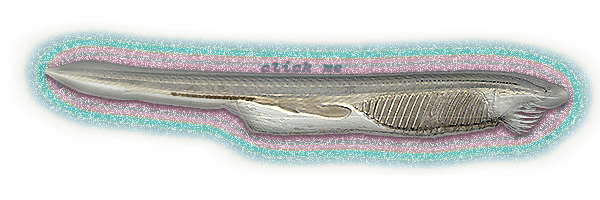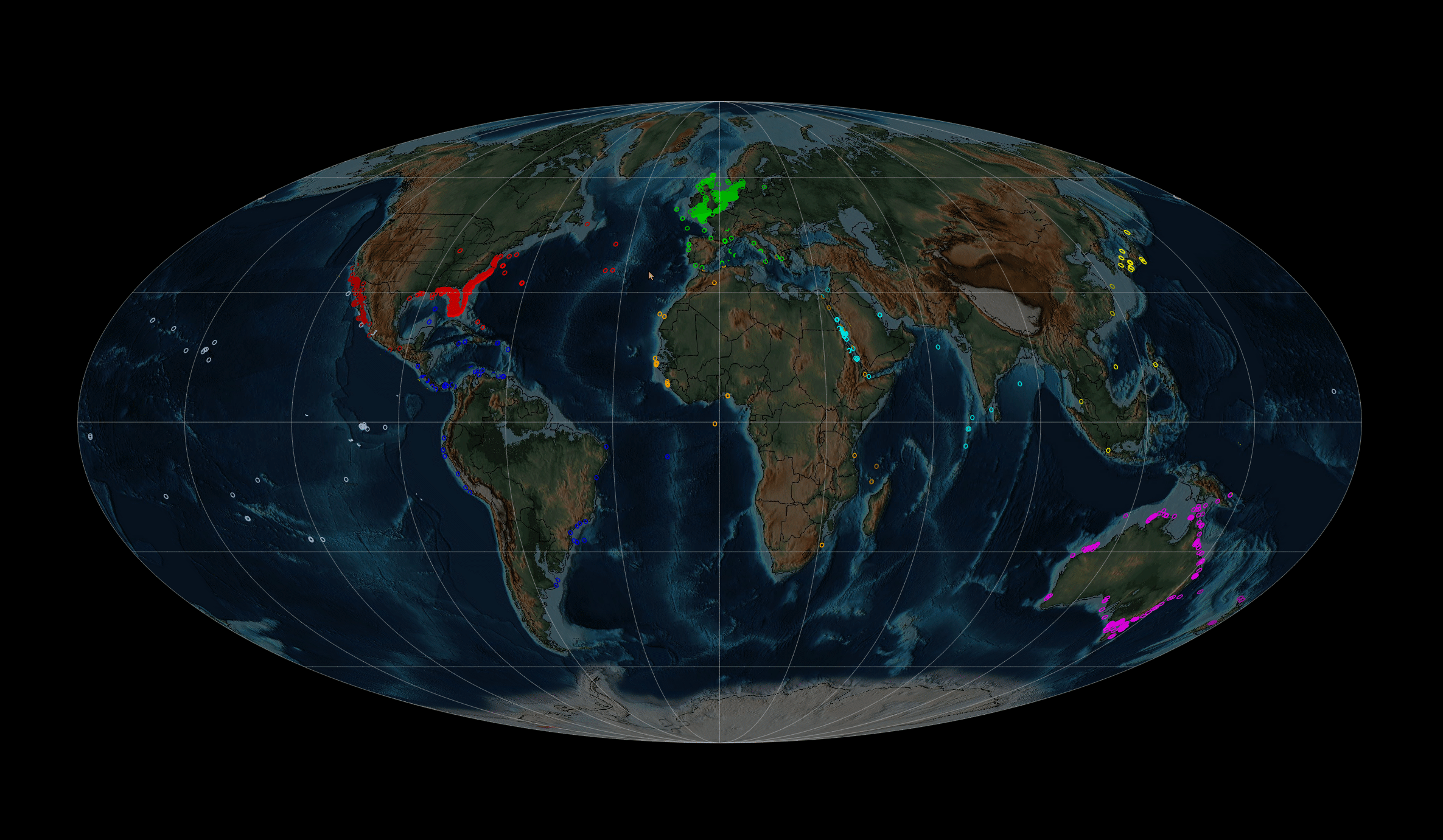Evolution of Multicellularity [2020-2021]
▷
Hunted peanut worms in Texas to find parasitic unicellular relatives of animals.
Era of Amphioxus [2017-2020]

My stepping stone into the world of science began with this little worm. The amphioxus.
The
amphioxus is an animal closely related to vertebrates, a group comprising of fish,
amphibians,
reptiles, birds, and mammals. It is a close descendant of the last common ancestor to all vertebrates,
which lived about 500 million years ago (MYA). We can use the amphioxus as a portal to 500 MYA to understand ancient
populations of vertebrate ancestors that ended up developing unique features such as adaptive immunity, complex
nervous systems, endocrine signaling, and many other unique features.
While no papers emerged during my undergrad (I did not attend a research university), I worked on these projects over the course of 4 years. Our findings remain unpublished.
◉ Protocol development to culture and transfect amphioxus tissues. With the goal to make immortal cell lines. Lots of cloning.
◉ Finding a form of ancient adaptive immunity. [VCBPs]
◉ Husbandry and breeding protocols for the Amphioxus.
◉ Exploring why they produce GFP in their tentacles and eyespot area. Cloning the GFP gene from their genome,
which
resides in a freezer somewhere. Amplification of GFP from cDNA showed two possible splicotypes.
◉ Developing a crude tool to explore the
locations of ancient Chordates through time and space on Earth by tracing coastlines.



